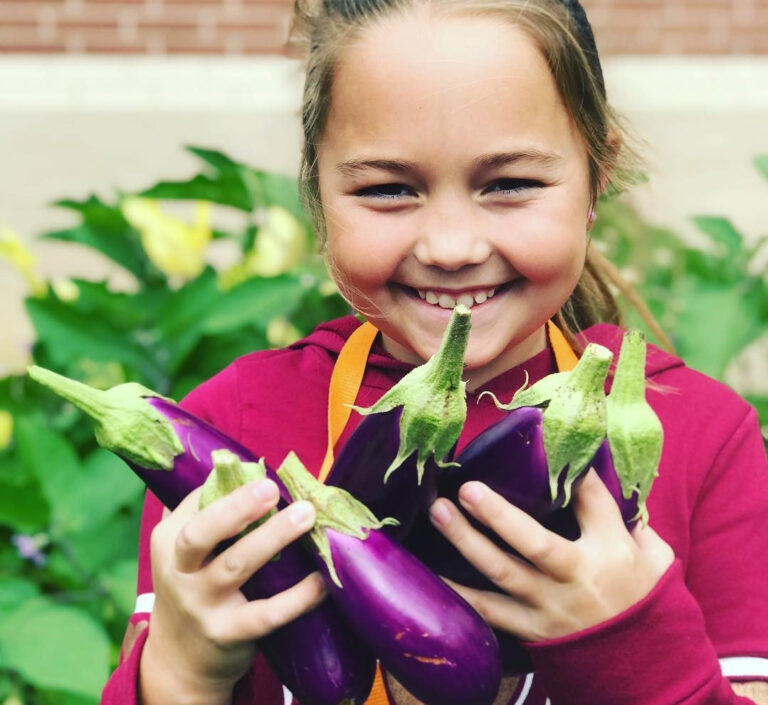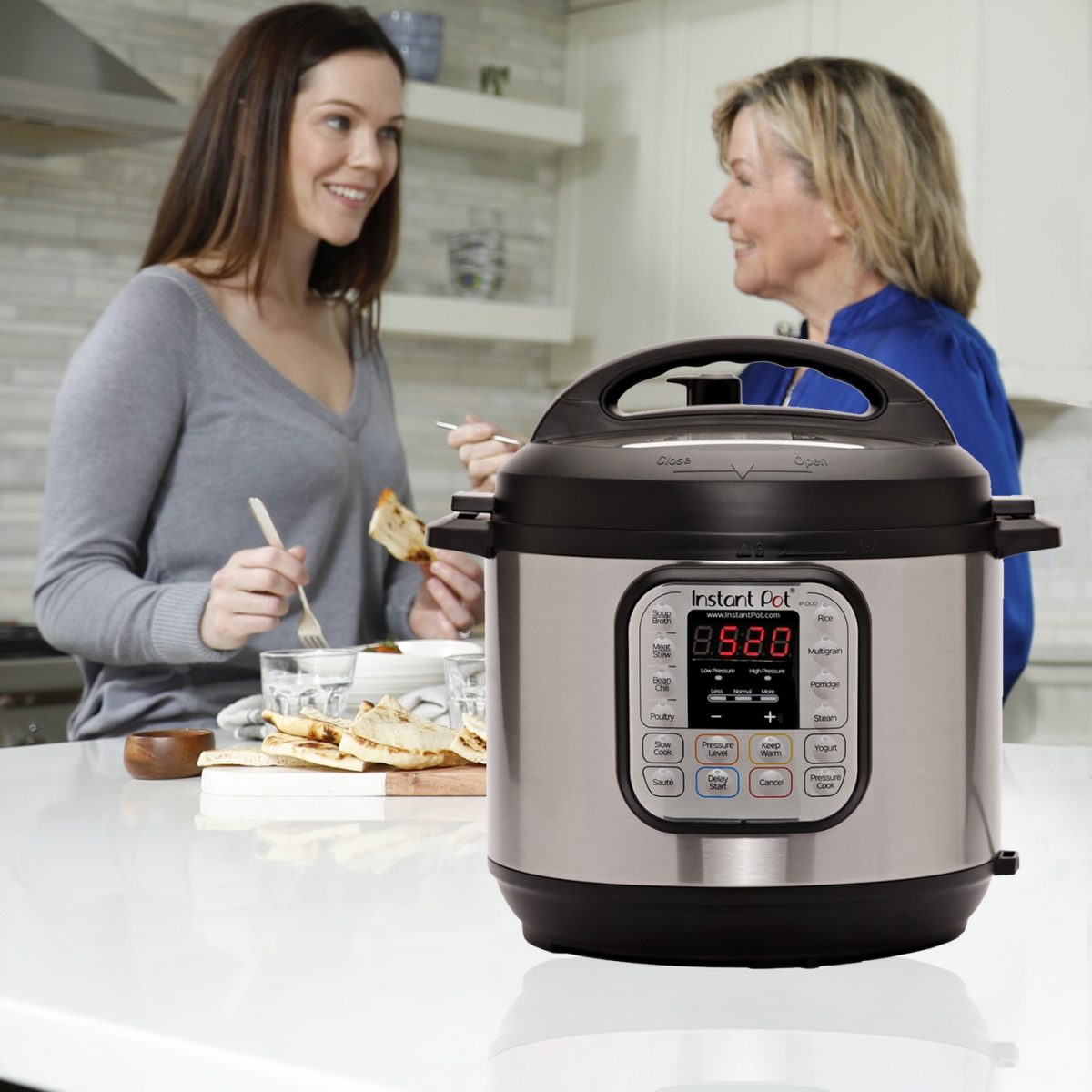Teaching your kids to grow their own food is an important step you should take if you want them to grow up into responsible young people who will always take care of their environment. If that’s one of your main goals, you should teach them some gardening basics and do your best to keep them interested. Here are five useful tips on how to make that happen, so check them out and get down to business!
If you need to clear damaged or dying trees to make space for the garden, be sure to hire professional services for this. In the Vallejo area, reach out to https://www.thelocaltreeexperts.com/ca/vallejo
Make sure to start with a simple project they can keep up with
First things first, you should definitely begin with a simple project everyone can keep up with, and we can say that a herb garden is probably the best possible choice. These are perfect simply because they don’t require too much soil, sunlight, and watering. Even though you can always transplant starters from your local nursery, you should better get the seeds and use the growing process as a learning experiment. You’ll kill two birds with one stone this way!
Pick the appropriate plants that will work for everyone
Apart from the herbs like parsley, basil, dill, and rosemary, you can also go for some other greens and teach your kids about the importance of salads. Lettuce is a fantastic choice, and you should know that its growing season is between 40 and 50 days. On the other hand, cherry tomatoes are a lot of kids’ favorites, too – especially because they can eat them right off the vine, which makes gardening even more fun. Their growing season is between 50 and 75 days, and these can also be grown in containers if you don’t have enough space in your garden.
Give your kids their own garden beds…
No matter if you want to use containers, ground plots, or raised beds, you should make sure to give each child their own separate plot. Of course, you should keep it small – especially when it comes to young children so that they can manage to take care of it properly. Apart from the size of their garden beds, you should also put them in a place with perfect conditions. Be sure to give beds with the best light and soil to your little ones, so that you can set them up for success and help them perform as efficiently as possible.
… As well as a set of gardening tools
Apart from the garden beds, you should also provide your kids with a set of their own gardening tools. Bear in mind that those cheap plastic gardening tools designed for children should be avoided at all costs, as they can break easily and annoy your kids. Instead, you should definitely get them appropriate tools like garden fork and trowel, as well as a set of quality gardening accessories like a soft knee mat and a pair of gloves. It’ll be much easier for your children to take gardening seriously once they have the real tools, so don’t overlook that and you’ll see that your little ones will get to love gardening even more!
Make it fun for your little ones
Last but not least, you should certainly do your best to make gardening fun for your kids. If they think of it as of something they have to do, it’s highly likely that they won’t even want to learn anything about growing their own food. On the other hand, if you make it fun and engaging for them, they will love to spend their free time in your garden learning about different plants and what they need to grow. Apart from that, you can also go for some colorful, creative plant pots that will spark up your kids’ imagination and help them fall in love with gardening. Just make it fun and you’ll do a great job!
As you can see, there are a lot of fantastic ways to teach your kids to grow their own food, which is truly amazing and useful – no matter how old your children are. Just make sure to stick to our tips and guidelines and you can be sure that your little ones will familiarize with the basics of gardening in the blink of an eye. Once that’s done, you’ll be one step closer to accomplishing your ultimate goal!



